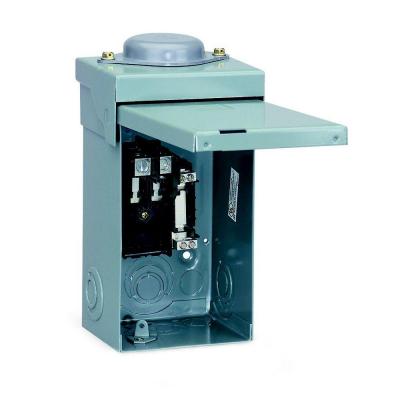The Old Maid
New Member
Electrician said they'd have to special-order. True, the circuit breaker box is a model they don't seem to make anymore, but is that so important? I was under the impression that (for one) Home Depot sells Square D equivalents.
In fact, it might be better not to get the exact replacement. It's probable that the box was installed back when water heater tanks drew less current and/or 30-gallon tanks were easy to find, and that the box died because it can't handle the higher-powered 40-gallon unit we have now.
Of course we won't hold anyone here to it, but can someone give me a ballpark figure of labor, parts, and cost? Cold showers may build character, but we've got plenty.
(Okay to mirror this on the Water Tanks forum if appropriate.)
In fact, it might be better not to get the exact replacement. It's probable that the box was installed back when water heater tanks drew less current and/or 30-gallon tanks were easy to find, and that the box died because it can't handle the higher-powered 40-gallon unit we have now.
Of course we won't hold anyone here to it, but can someone give me a ballpark figure of labor, parts, and cost? Cold showers may build character, but we've got plenty.
(Okay to mirror this on the Water Tanks forum if appropriate.)

